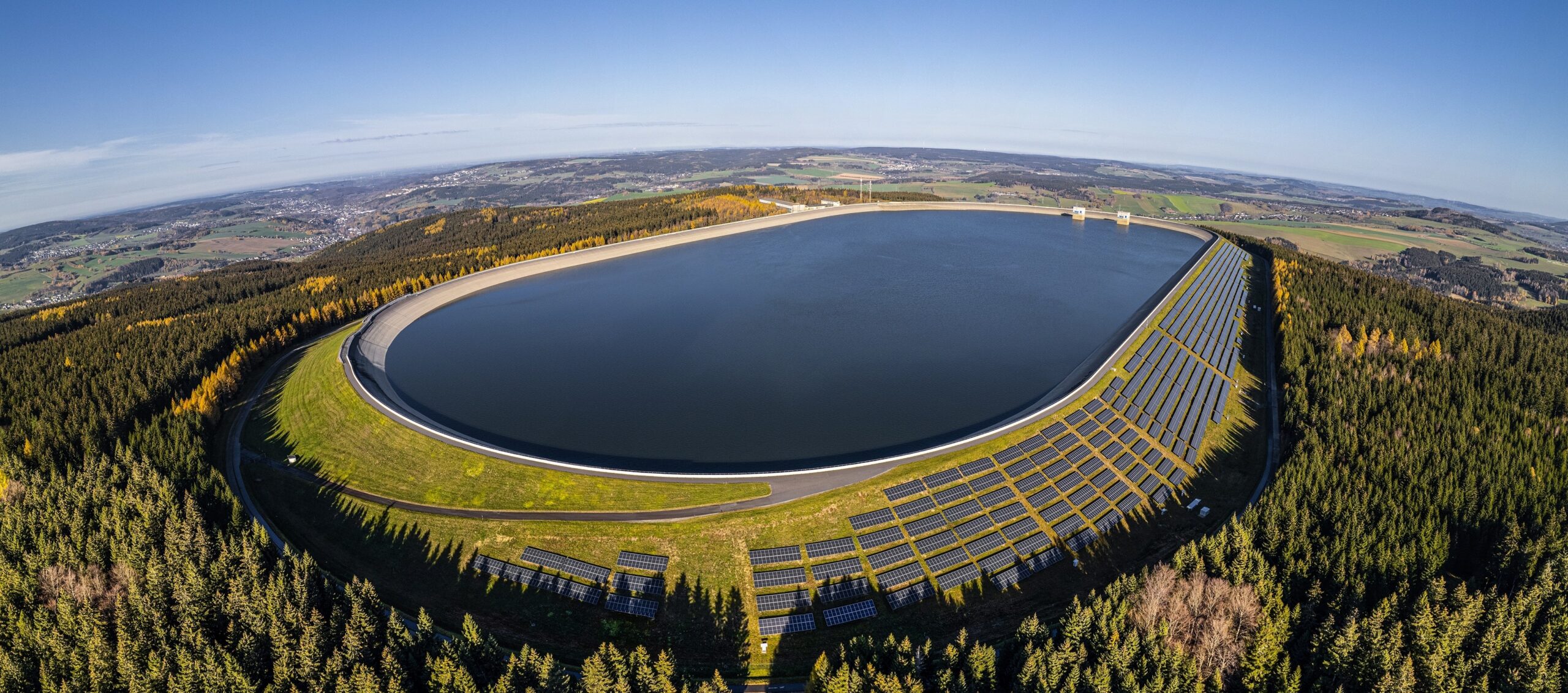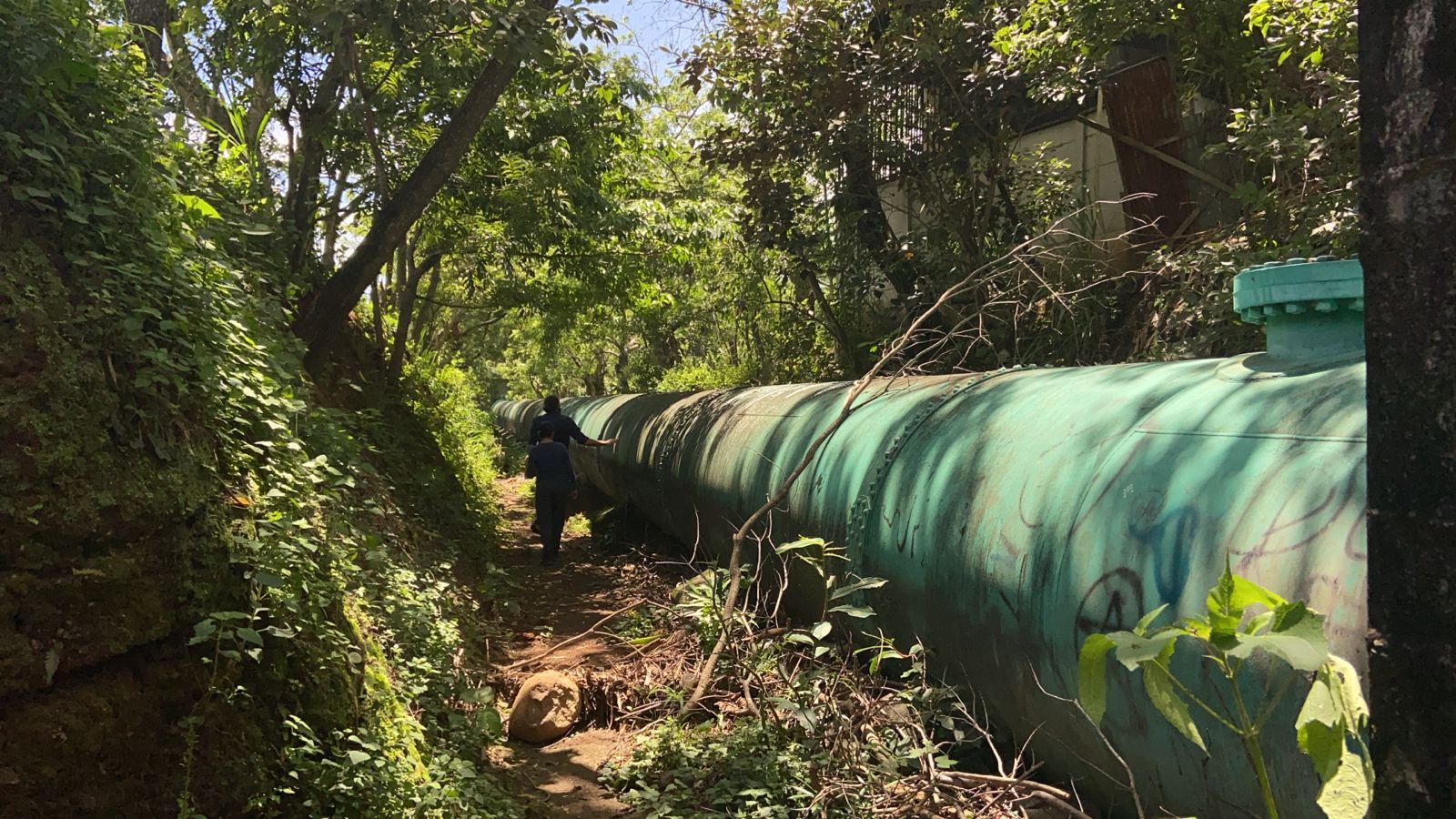Financing a just energy transition in Vietnam: a scheme at the heart of strong international public/private cooperation
Limiting global warming to 1.5°C in order to mitigate its worst effects requires rapid, drastic and sustainable reductions in global greenhouse gas emissions. As part of this global energy transition, some countries are taking the lead, such as Vietnam, which is developing rapidly and is heavily affected by the effects of climate change.
At COP 26, Vietnam pledged to achieve “zero net emissions” of greenhouse gases by 2050, using its own resources and with the cooperation and support of the international community. Based on this premise, and noting the rapid steps taken by Vietnam to implement these objectives, the Group of International Partners (GPI made up of the European Union, the United Kingdom, the United States, France and Italy) decided in 2022 to help the country through a Just Energy Transition Partnership (JETP).
In concrete terms, the aim is to mobilize an initial sum of 15.5 billion dollars over the next three to five years, half from public investment and half from private investment, to help Vietnam achieve its ambitious goals: developing renewable energies, moving away from fossil fuels, improving energy storage capacity, perfecting production technologies, modernizing transport and distribution networks… This financing will be framed by a Resource Mobilization Plan designed to overcome the obstacles to investment.
The scope of the actions financed is broad enough to include all aspects of the energy transition. These include the establishment of a reliable legal framework for this transition, the implementation of training programs to develop the necessary skills, the establishment of a center of excellence for renewable energies and many other measures to bring this just transition to fruition. On June 8, we were fortunate to be able to take part in a meeting with the public and private players involved in this partnership, and we would like to thank all those present for the quality of their discussions.
Since the start of 2023, Vietnam has wasted no time despite a complex political context with the resignation of the president. In May, the National Power Development Plan VIII (PDP8) was adopted, setting ambitious new targets for the country. With an investment of $13.5 billion per year, this plan aims to double the country’s production capacity by 2030, to 150 GW, while drastically reducing the share of fossil fuels. At the same time, however, the development of intermittent renewable energies will considerably increase the need for storage, a real challenge for grid management.
Hydropower, and in particular the deployment of PSP (Pumped-storage power stations), will therefore play a key role. PDP8 already anticipates this ability to regulate the intermittency of solar and wind power, through the development of flexibility technologies and, in particular, the announcement of several PSP projects, including those currently being studied by HYVITY and its partner INTRACOM.
The evolution of Vietnam’s energy growth and the role of hydropower in a few figures
- Average GDP growth rate forecast at 7% per year to 2030.
- Commercial electricity consumption expected to exceed 500 billion kWh by 2030.
- Hydropower capacity to reach 29,000 MW by 2030 and 36,000 MW by 2050.
- STEP development for a capacity of around 2,400 MW by 2030 and more than double that by 2035



